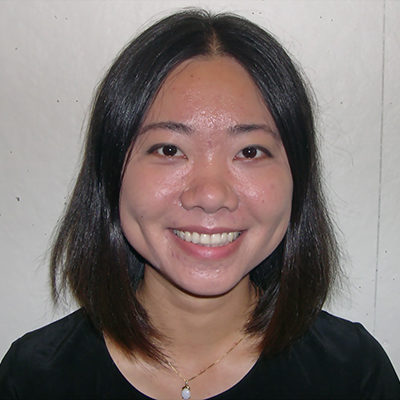PAYETTE’s Core Healthcare Group recently launched a healthcare forum as an initiative to share the knowledge and expertise that have long been cultivated in the firm as well as to speculate about the future challenges and opportunities in the burgeoning field of healthcare architecture.

The first forum, Fundamental Principles of Healthcare Design, was a great primer for many who have not yet worked on a healthcare-related project. A number of our own healthcare specialists spoke on a range of topics including: program organization, the need for effective means of wayfinding, patient wellbeing and overall comfort, as well as systems resiliency, among others.
Coming from a more lab-centric focus within the office, it was striking for us to see how the principles with which we are accustomed to designing – program efficiencies, building performance and resiliency, or thermal comfort – play exceptionally vital roles within the design of hospitals and other healthcare-related projects. These exigencies are significant when considering the intricate web of flows – both human and material – that hospitals must be able to easily and efficiently accommodate on a daily basis. The Fifth XiangYa Hospital currently on the boards at PAYETTE is exemplary of the massive influx of people some hospitals receive, with a staggering 10,000 visitors expected per day.
Dynamism within hospitals is not merely limited to people, though – equipment such as operating tables and surgical equipment booms are all components that shift according to functional needs. Considering all this activity, design for healthcare environments strives to provide a patient, staff and visitor experience that is as comfortable and unobtrusive as possible. In addition to creating tranquil spaces with elements of embedded nature, providing an environment with optimal thermal comfort for both patients (who typically wear thin gowns and may have restricted mobility) and staff (who wear thick uniforms and are fairly active) is a delicate balance which is also highly regarded in the design process.
But how does all of this figure into the future of healthcare design, you may wonder? Taking the fundamentals as a point of departure, the Q&A session following the presentation ventured into current trends, patterns and ultimately, the architectural implications for future models of healthcare architecture.
A few thoughts came to mind.
The Decentralized Hospital:
We know the current model for hospitals is dependent upon both programmatic and systematic needs, where institutions are typically organized into a singular building or campus of buildings. In a future scenario, a singular hospital or urban district could be connected via digital networks and cloud computing to various nodes within a broader healthcare network, essentially reconceiving the service as a dispersed, yet linked system of informed and coordinated agents (think: the Uber and Airbnb of healthcare); hence, distributing various hospital outposts throughout a community offers overall advantages in mass customization, agility and optimized resource usage.
Further questions addressed how the current paradigm also sees a divide between research hospitals as wealthy, large-scale, sophisticated establishments, while embedded community healthcare centers that offer services in primary outpatient care suffer from a limited scope and budget, leaving many in desperate need of renovation and repair. This brought us to speculate: Would the prototype of a hospital distributed into outposts under the command and sponsorship of a core node present an opportunity in expanding the reach, and also the effective quality, of healthcare?
Smart Buildings:
The OECD and various visionaries have declared the 21st century the age of biology, following previous epochs driven by engineering, chemistry and physics. Rapid advancement in life sciences demands updated infrastructure in volume and building performance, an area in which PAYETTE is a leading expert. A growing, increasingly sophisticated sector might also suggest, since biology has helped inspire the form and function of airplanes and prosthetics, a bio-logic for buildings as a figurative extension of the human body. While kinetic façades, automatic environmental control and reconfigurable spaces benefit many building typologies, the embedded intelligence of a building could play a crucial role in assisting or even augmenting the human body impaired by illness.
Ultimately, despite technological disruptions, healthcare buildings are physical testimonies of basic human desires. Comfort in patient rooms, sociability of staff quarters and general celebration of natural light and outside views will continue to guide and drive planning and design, while the myriad sequences of human activities introduce mixed programming into what is essentially a ‘hospital city.’
Informative and thought-provoking, the presentation preceded the second PAYETTE Hackathon, where a diverse array of speculations into the future of healthcare sprung out of a thorough understanding of the present state of healthcare design.
The following PAYETTE members contributed to the inaugural forum:
Milly Baker, Stuart Baur, Susan Blomquist, Paula Buick, Mark Careaga, Elizabeth Cox, Austin Ferguson, Ching-Hua Ho, Margaret Jackson, Nicole LeCuivre, Alison Laas, Andrea Love, Scott Parker, Karen Pottebaum and Scott Rawlings



